If you want to know which are the skin moles to worry about, then look no further.
Moles are usually circular, brown harmless patches of skin which generally tend to form on the back, legs, arms and face, at birth or before the age of 30.
Sometimes moles are not innocuous or harmless and some patients opt to get them removed.
Many people who visit our clinic wish to have a mole removed for cosmetic purposes.
Moles can spring up in inconvenient, sometimes embarrassing places (such as your face and neck) whereas other people have had moles since birth or childhood and have decided to finally get rid of them.
Equally, many patients visit the clinic because they are worried about a change in a mole and would rather be safe than sorry.
This is a good policy!
In rare cases, moles can also develop into melanomas and can cause an aggressive form of skin cancer.
If caught early, the malignant moles can be removed with surgery and often the cancer does not return.
These are the skin moles to worry about
Generally, if a mole changes size, shape or colour, becomes itchy or starts swelling or bleeding, you should get it checked out. A useful guide is following your ABCDE.
A stands for asymmetry. Moles should remain circular and symmetrical. It should not be smaller or bigger on one side.
B stands for border irregularity. Moles with a ragged, or uneven border show irregularity and could be cause for concern.
C stands for colour change. Melanomas have lots of different shades. A healthy mole should only have one or two shades.
D stands for diameter. Most moles are not larger than the width of a pencil. If a mole gets any larger, it is probably not only irritating, but it is also a cause for concern.
E stands for elevated. If your mole is raised more than it was before, you need to keep a close eye on it.
It’s important to remember that skin cancer is relatively rare. However, it is important to check your moles regularly and if you have any cause for concern, don’t hesitate to get it checked out.
If you would like a copy of our guide on ‘when you should worry about a mole’ click here.
You can find details about our mole clinic here:
We run a Free Mole Clinic so you can book in for a free 15 minute consultation if you would like to have a discussion about your options.
We also offer a ‘see & treat’ service, where you can have your mole removed on the same day as your consultation. Ask about this when booking.
Call now on 0121-454 3680 or fill in a contact form and we will get back to you.
You can see our Director, JJ Staiano, talk about ‘should I have my mole removed?’ in this video from one of our LIVE Q&A’s that we have on Facebook every Tuesday at 7pm

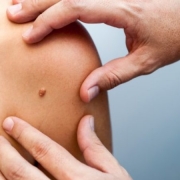
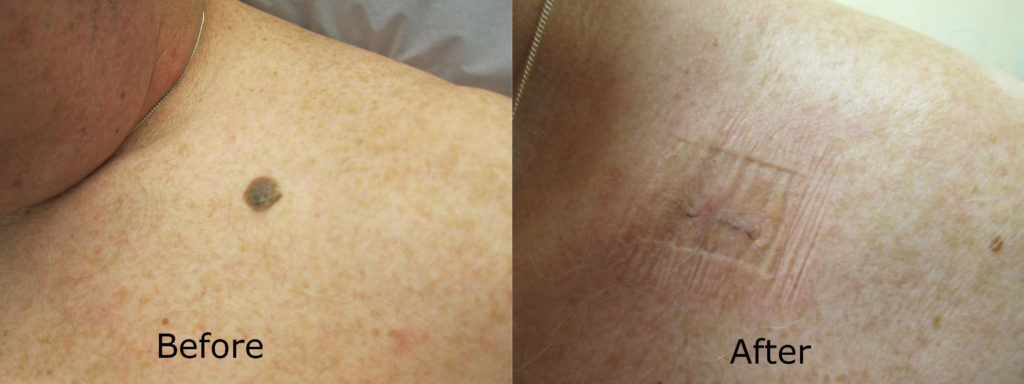
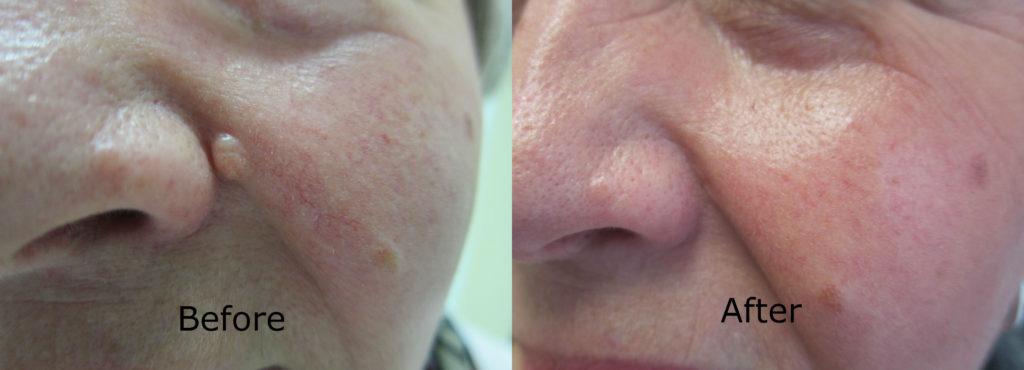
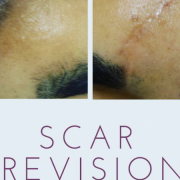
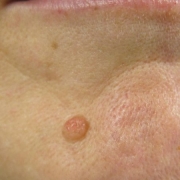

#askjj
Read Jonathan's book now!
Jonathan is on a one man crusade to revolutionise the image of cosmetic surgery and is passionate about spreading his message about cosmetic surgery training.